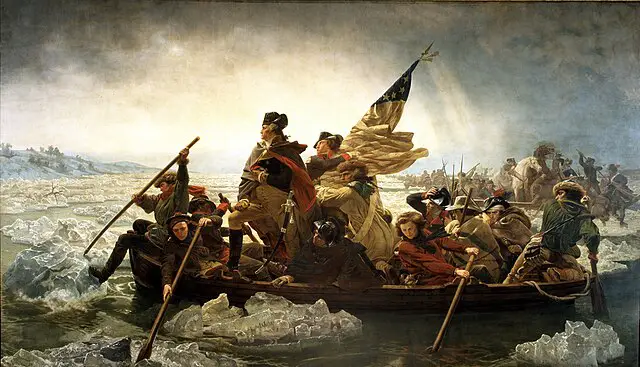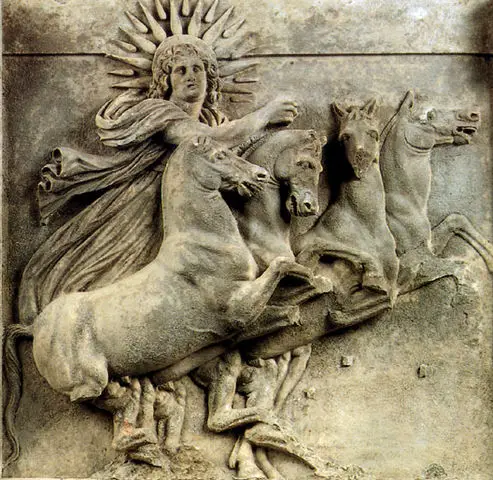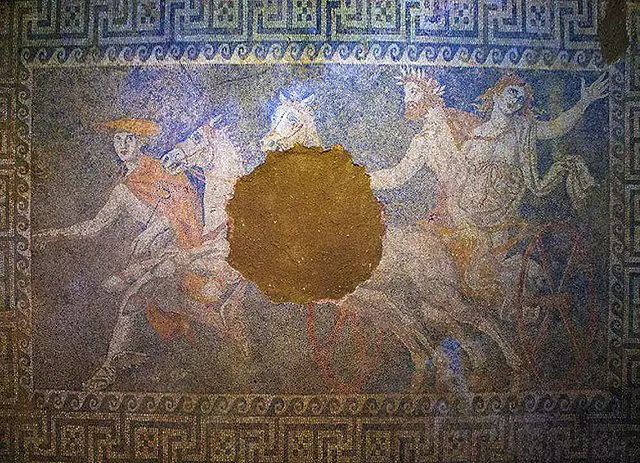| Further Reading | The 4 Most Important City-States Of Classical Greece |
Everybody knows about the ancient warrior race of Greeks who called the city of Sparta home. The debate today surrounds the question of whether or not there are any modern descendants of the Spartans. Simply put, do Spartans still exist today?
Today Sparta still exists and there are people who live there. The ancient city of Sparta was sacked by the Visogothic king Alaric I who sold a majority of the inhabitants into slavery. However, in the remote mountains surrounding the city the Spartan people lived on. In 1834 the city of Sparta was refounded/settled. As such today there are modern Spartan people living in the city, thus Spartans still exist.
Here at The History Ace I strive to publish the best history articles on the internet. If at the end you enjoyed this article then consider subscribing to the free newsletter and sharing around the web.
Without further ado, here is an answer to the question of “do Spartans still exist today?”
Sparta Being Destroyed By Alaric I In 396 AD
In 390’s AD the Visagothic King Alaric I marched an army across Greece sacking several major cities. At the time both the western and eastern Roman empire was unable to help the citizens of Greece.
Alaric I sacked the ancient city of Sparta in 396 AD. By this point the city had decayed from its previous peak to a smaller city with a small amount of urban residents. Most of Sparta had moved up into the hills where there was ample grazing land.
By the time that Alaric I had reached Sparta in 396 AD there was hardly anything to stop him from sacking the town. While the urban residents of Sparta were sold into slavery Alaric did not send forces high up into the mountains to find the rural Spartans.
To this day you can find native speakers of the ancient Doric language of the Spartans in these mountains surrounding the city of Sparta. The language is called Tsakonian and is critically endangered with only around 2,000 native speakers left.
After Alaric the city of Sparta would remain in ruins for several centuries. While the legend of the ancient Spartan warriors lived on, the Spartans themselves had made new homes in the surrounding mountains instead of resettling in the valley where Sparta is today.
Sparta In The Medieval Era
During the medieval era Sparta would lose further significance as much of the political power of Laconia would move to the nearby town of Mystras located about 3 miles west of modern Sparta.
From the 8th-11th century AD the Spartan residents of the mountains would slowly move back down to the valley where the fortified town/city of Mystras was located. This gave the herders ample water to begin to farm again as they previously had during the height of Sparta.
After the fall of Byzantine Mystras would become an almost self-sustaining ecosystem. This was because the town was heavily fortified and located on the modern site of Mount Taygetos. This made the city almost impossible to attack.
In 1262 the town of Mystras would be made the center of political power in the Byzantine territory of Morea (modern Sparta). From 1262 up through 1460 the town of Mystras would experience a cultural revolution as academics from around the world would travel to the fortified city for its atmosphere and monasteries.
In 1460 however the fortified city was handed over to Sultan Mehmed II. From 1460 up through the 18th century Spartans continued to live and thrive in the area. During this time traveling European pilgrims and tourists would mistake the city of Mystras as the ancient city of Sparta due to its splendor and fortified location.
In 1770 Mystras would join the Orlov revolt and after losing to the Ottomans Mystras would be sacked and its inhabitants sold into slavery as punishment. After this Mystras would fall into disuse as the remaining Spartans began to go back up into the mountains.
King Otto of Greece Re-Founding The City Of Sparta In 1834
In 1834 King Otto of Greece issued an order to begin rebuilding the ancient city of Sparta in the same spot. This new city was given the name of Sparti and all local residents would be given the option to move back.
Further, this town would be made the central control area for the Greek regional unit of Laconia. This was a direct homage to the ancient power of Sparta having control over the entire Laconia province of ancient Greece.
Initially the old families of Sparta were hesitant to move back. Even though the modern city of Sparti was created in 1834 it would take another 100 years for the Spartans to move down from the mountains and back into their ancient homeland.
The modern city of Sparta was rebuilt to its old grandeur. King Otto paid to have a group of German city planners who studied ancient Sparta come to Greece to design a modern city which could hold over 100,000 inhabitants. This would easily make Sparta one of the largest cities in Greece.
However the population of Sparta never really grew. Much of the modern people of Sparta leave to seek jobs elsewhere such as in Athens or abroad. However, to this day you can still find descendants of ancient Sparta in the city and mountains surrounding the city of Sparta.
Historians know of their ancient lineage because of family records and a shared common language of the ancient Spartans. As such there are modern descendants of the Spartans, however you probably won’t find them wearing red capes or with their large bronze shields.
Conclusion
There you have it; an entire article dedicated to answering the question of whether or not Spartans exist today.
The study of ancient Sparta is a fascinating subject. Most historians focus upon the golden-age of Sparta which existed during and after the Peloponnesian war. However, there is significantly more research to be done on migration patterns of the Spartan residents after the sack of ancient Sparta.
Here at The History Ace I strive to publish the best history articles on the internet. If you enjoyed this article then consider subscribing to the free newsletter and sharing around the web.
Further, you can check out some of the other articles below.
-
How The American Revolution Changed The World

Here is how the American Revolution changed the world. Many people are not aware of just how important this event actually was.
-
Why The Roman People Loved Chariot Racing

Why did the Roman people love chariot racing? Well it all comes down to these 3 reasons.
-
The Design and Color of Roman Chariots

What was the design and color of Roman Chariots? Were they faster or slower then normal chariots? Well here is everything!
Sincerely,
Nick